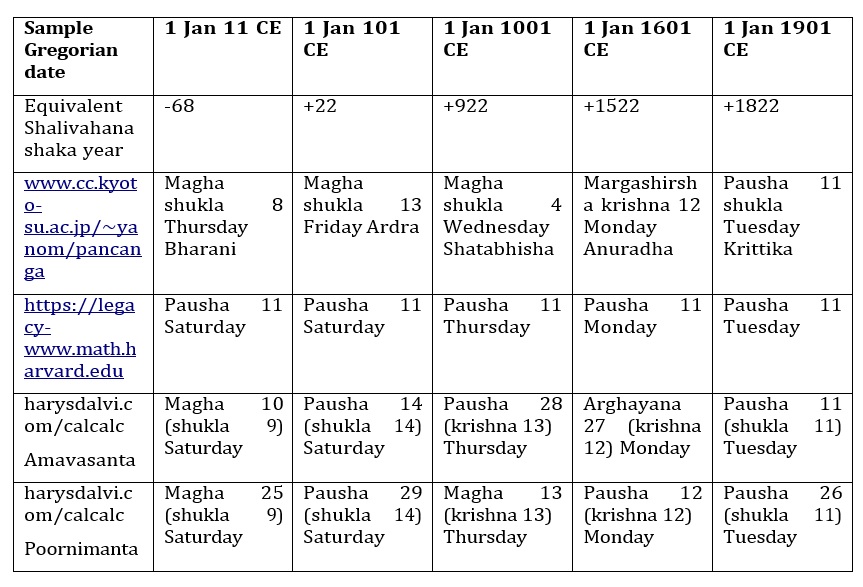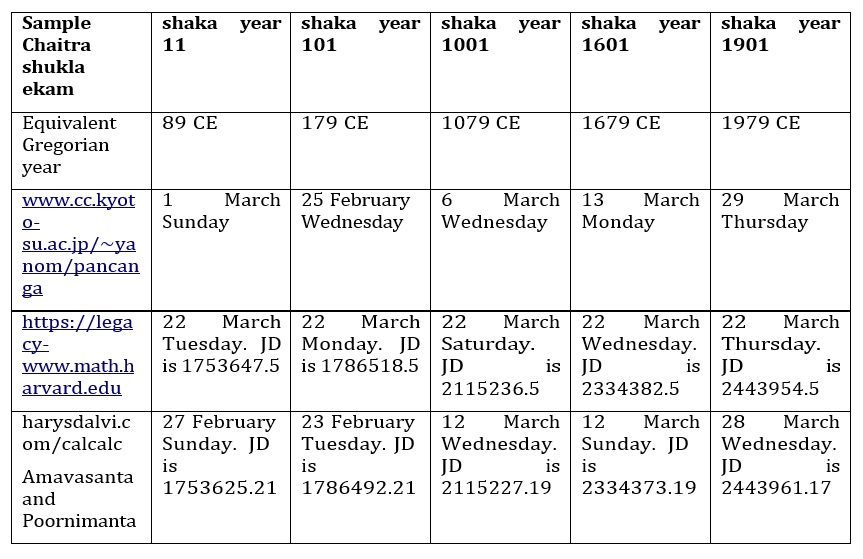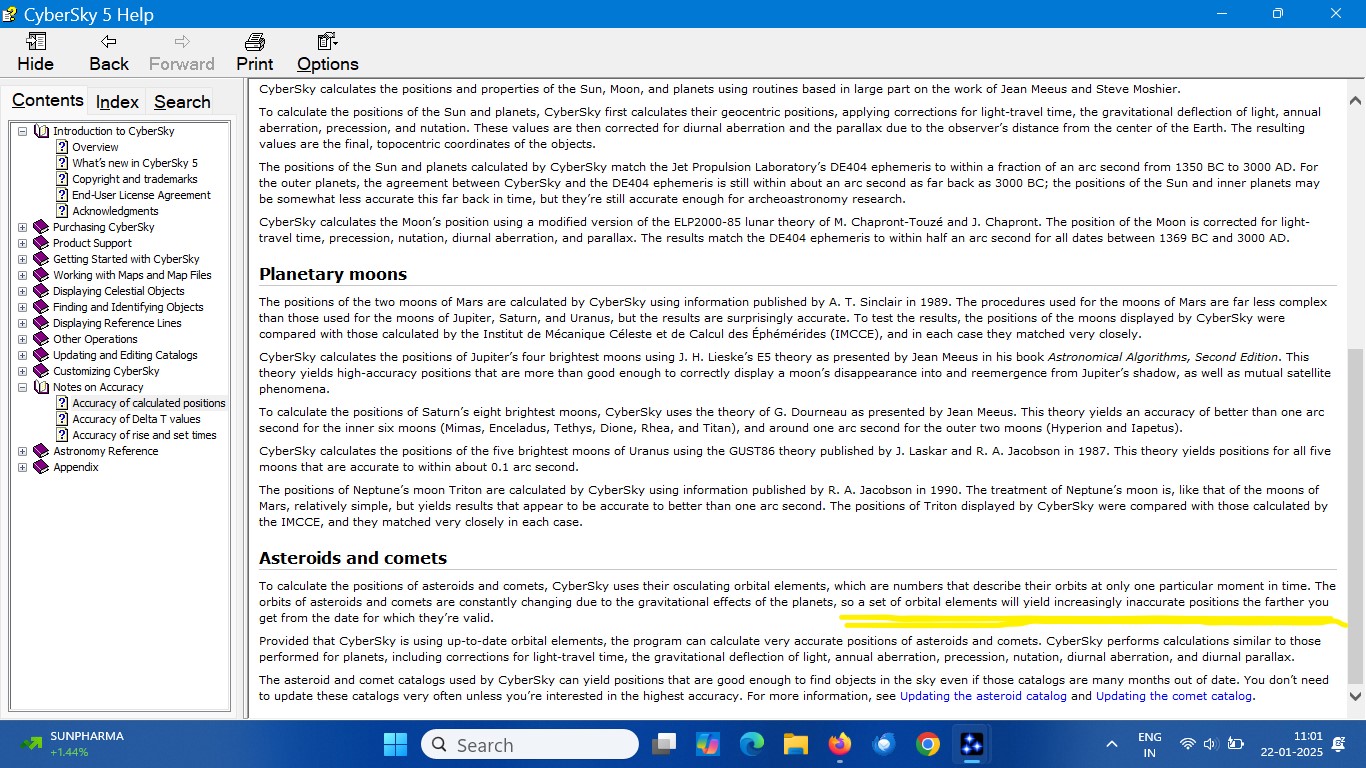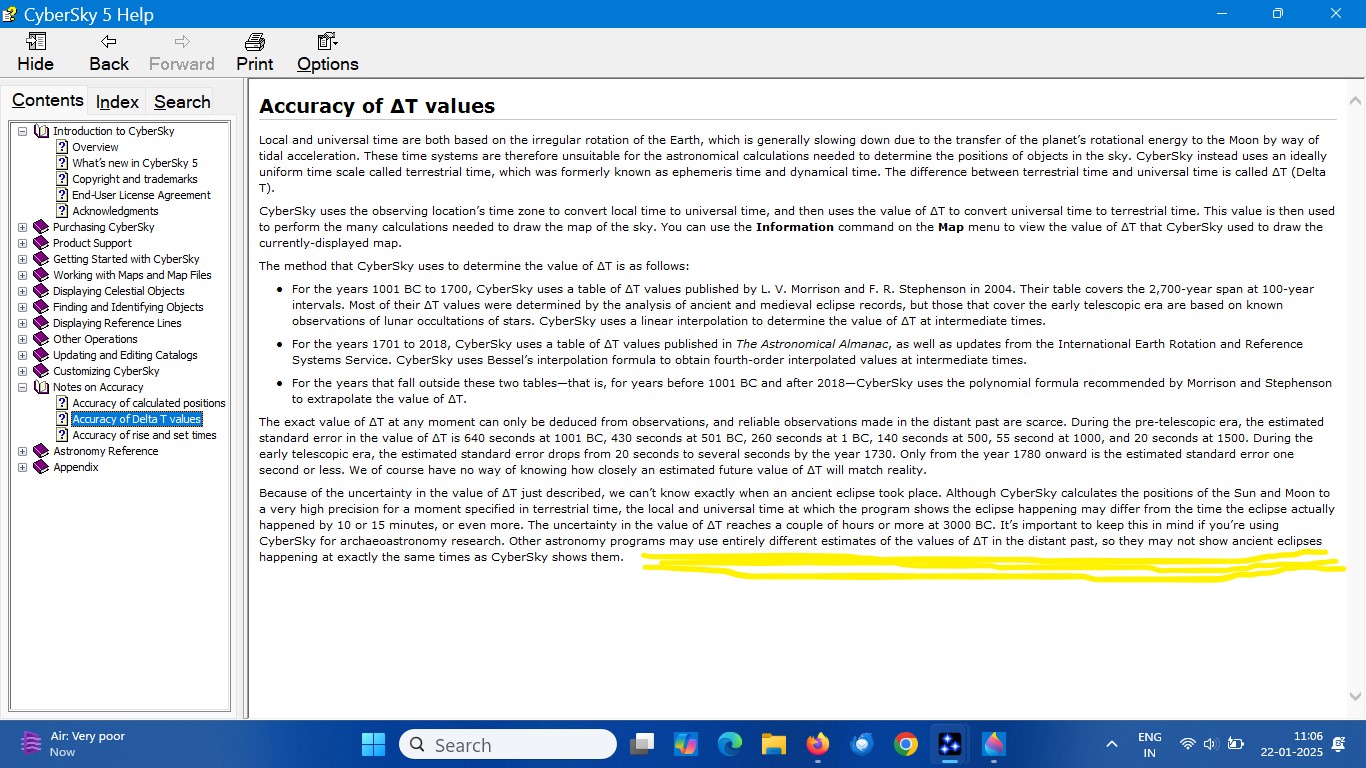This article highlights the scriptural references which mention that the Mahabharata War happened in the Dwapara yuga.
- God Krishna speaks to Karna before the war
In the epic Mahabharata, God Krishna travelled from Dwaraka to Hastinapura to achieve peace. He offered that the Pandava-s will accept a mere 5 villages and live under the shadow of Dhritarashtra. As we all know, Duryodhana turned down the proposal and opted for war. Before returning, Krishna met Karna separately and tried to convince him to stop the war. If not, he foretold and described that Karna will see 5 deadly war events. Krishna repeated each time that then Karna will experience the signs of Satyuga, Treta, and Dwapara disappearing (and Kaliyuga approaching). Karna refused the offer citing his friendship with Duryodhana [Ref: Mahabharata 5.142].
- The text Mahabharata says that the war was in Dwapara
The armies then started to assemble in Kurukshetra. Meanwhile in Hastinapura, Maharishi Vyasa gave a boon of distant viewing to Sanjaya to narrate the battlefield events to Dhritarashtra. Sanjaya told the blind king just before the war:
Mahabharata 6.10.6: तथा त्रीणि सहस्राणि त्रेतायां मनुजाधिप द्वे सहस्रे द्वापरे तु भुवि तिष्ठति साम्प्रप्तम् |
Geeta Press (GP) translation: मनुजेश्वर! त्रेता के मनुष्योंकी आयु तीन हजार वर्षोंकी बतायी गयी है | द्वापरके लोगोंकी आयु दो हजार वर्षोंकी है, जो इस समय भूतलपर विद्यमान है |
Kesari Mohan Ganguly (KMG) translation: Three thousand years is the period in Treta, O ruler of men. At present in Dwapara, persons live on Earth for two thousand years.
Sanjaya then described the characteristics of the people living in each age. He re-emphasized that little time remains in Dwapara yuga:
Mahabharata 6.10.15: संक्षेपॊ वर्तते राजन द्वापरेऽस्मिन् नराधिप गुणॊत्तरं हैमवतं हरिवर्षं ततः परम् ।
GP: नरेश्वर! इस द्वापरमें भी गुणोंकी न्यूनता होती है । भरतवर्षकी अपेक्षा हैमवत तथा हरिवर्षमें उत्तरोत्तर अधिक गुण है ।
KMG: The portion that remains, O king, of this the Dwapara age, is small, O ruler of men. The Varsha known as Haimavat is superior to Bharatavarsha, while Harivarsha is superior to Haimavatvarsha, in respect of all qualities.
The scripture describes when the fierce war started between the Pandava and Kaurava armies:
Mahabharata 1.2.13: अन्तरे चैव संप्राप्ते कलिद्वापरयॊर अभूत समन्तपञ्चके युद्धं कुरुपाण्डवसेनयॊः ।
GP: जब कलियुग और द्वापरकी संधीका समय आया, तब उसी समन्तपंचकक्षेत्रमें कौरवों और पांडवोंकी सेनाओंका परस्पर भीषण युद्ध हुआ ।
KMG: In the interval between the Dwapara and the Kali Yugas there happened at Samanta-panchaka the encounter between the armies of the Kauravas and the Pandavas.
When any yuga is about to end, Purana-s also state that there is its sandhya and sandhya-ansha transition period, before the next yuga starts [Ref: Brahmanda Purana 1.2.7.64-65; Harivansha Purana 8.12-15; Padma Purana 1.3.7-11; Shiva Purana Vaayaviya-samhita 8.12-14]
- Krishna tells Balarama Kaliyuga is approaching
The war caused massive bloodshed and many fatalities. Bheeshma was laid on a bed of arrows on the 10th day of the war. Abhimanyu was killed on the 13th, Jayadratha on the next day, and Drona left his life on the 15th day. Dushasana and Karna perished on the 17th day of the war. Before the sun set on the 18th day, Shalya and Shakuni were sent to Yamaloka. Ashwatthama, Kripa, and Kritavarma ran away from the battlefield. Duryodhana fled and hid in a lake after which the famous mace fight took place against Bhima. Arjuna (not Krishna) gestured towards his thighs to remind his brother of his vow. Also, earlier when Duryodhana slapped his thigh and insulted Rishi Maitreya, the learned sage cursed him to die due to a blow on his thighs. When Bhima delivered the fatal blow, an angered Balarama rushed towards him. Krishna recounted all the sins of Duryodhana to his elder brother. Shree Krishna told Balarama:
Mahabharata 9.60.25: प्राप्तं कलियुगं विद्धि प्रतिज्ञां पाण्डवस्य च आनृण्यं यातु वैरस्य प्रतिज्ञायाश्च पाण्डवः ।
GP: … क्रोध न कीजिये ।। समझ लीजये कि कलियुग आ गया। …
KMG: Shree Krishna replied (to Balaram) saying, “… Calm thyself, therefore, and do not give way to wrath! Know that the Kali age is at hand…”
Purana-s too endorse that the destructive Mahabharata war took place at the end of Dwapara, and then Kaliyuga set in [Ref: Skanda Purana 2.1.3.13-20; Harivansha Purana 52.55].
- Kaliyuga started the exact moment Krishna ascended
Yudhishthira performed the funeral rites of the slain warriors and was then coronated. He ruled for 36 years creating an era of peace and prosperity. As per Gandhari’s curse, Krishna’s Yadava cousins finished off each other. The day and that very moment Krishna ascended to his celestial abode, Kaliyuga started on Earth [Ref: Matsya Purana 273.50; Bhagavata Purana 1.18.6, 12.2.33; Vishnu Purana 5.38.8; Brahma Purana 2.103.8-10].
- Kaliyuga started in 3101 BCE
Saptarishi (Great Bear) was in Maghaa nakshatra during the rule of Yudhishthira and then Parikshita too [Ref: Bhagavata Purana 12.2.28; Matsya Purana 273.40-44; Vishnu Purana 4.24.104-106; Varahamihira’s Brihat-samhita 13.3-4; Kalhana’s Rajatarangini Appendix line 55-56].
As per the traditional Jyotisha calendar, Saptarishi was in Maghaa nakshatra from 3176 BCE to 3077 BCE.
Ancient reputed Hindu Astrologers-Astronomers like Varahamihira, Bhaskara I, Bhaskara II, and Lallacharya confirmed Kaliyuga started in the year 3101 BCE. Also, various scriptures and inscriptions confirm this date [Ref: Chalukya King Pulakeshi’s Aihole Inscription; Kalidasa’s Jyotirvidhabharana 10.111 and 22.21; ‘Orissa’s palm-leaf chronicles of Jagannath Appendix VII’ by WW Hunter; Persian Historian Alberuni’s ‘India’ chapter 49; Mahabhaskariyam 1.4-6; Laghu Bhaskariyam 1.4-8; Siddhanta Shiromani 1.28; Shishyadhivriddhida Tantra 1.12-14].
Thus, the Mahabharata war took place around the end of 3138 BCE.
- NASA differs with others
A few hobbyist astronomers have attempted to use astronomy to state that the Mahabharata war happened in 3067 BCE, after Kaliyuga had started. They make use of NASA and CyberSky software for their claim. We can explore the same.
In the western world, there are multiple conflicting date systems like the Proleptic, Regular, and Revised Julian calendar. There is also the Proleptic Gregorian and the current Gregorian calendar which is long overdue for revision due to its many errors. Thus to avoid confusion, astronomers use the Julian Day (JD) which is the total elapsed days from 4713 BCE, the earliest historical date known to the western world.
But it is futile to map ancient tithi-s to the western calendar systems as seen below:


A sample date of 7 November 3138 BCE (written as -3137-11-07 to account for the Zero Year) was used. It yielded a JD value of 575,579 using NASA’s online software. This JD value can be crosschecked with other reputed software. They gave results of Julian, Gregorian, and UTC that are different from NASA:

Hobbyists use a software called CyberSky is used to spot eclipses, comets, and moon phases described in the Mahabharata. They use NASA’s Julian Day. But, CyberSky itself admits that their software is valid only up to 3000 BCE. It further admits that using another software will yield different results. An email sent to the founder of CyberSky went unanswered.


Thus, we can conclude based on scriptural references that the Mahabharata war was fought towards the end of Dwapara yuga, and Kaliyuga started when God Krishna ascended from Earth.
